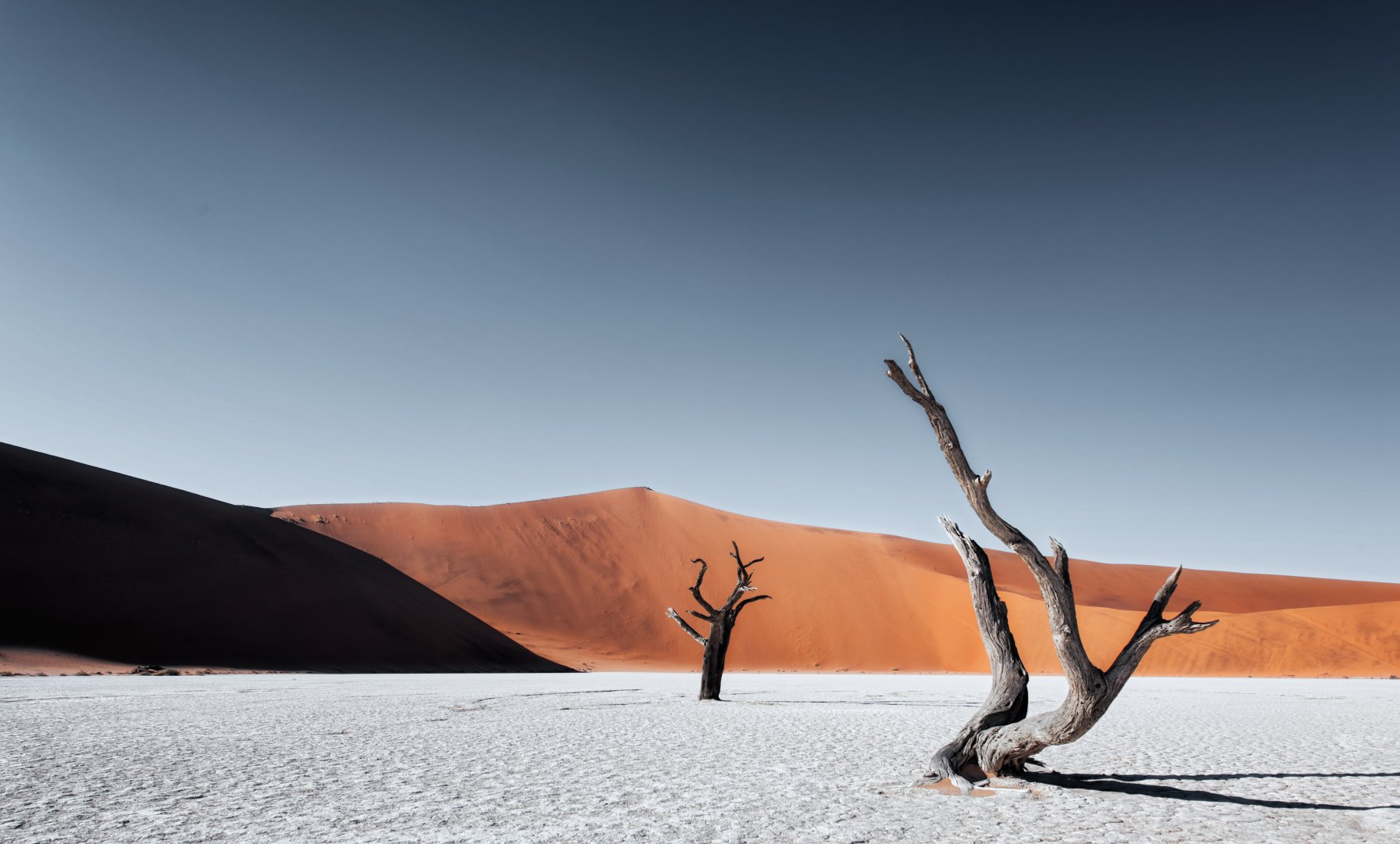
Red Sea, black beaches
“An oil spill is undermining marine life in Ras Ghareb and threatening the health of its residents.
Egyptian Ministry of Environment Stands Powerless While Oil Companies Evade Responsibility”
By ARIJ
Originally published 27 August 2020.
Watch a 2-minute summary of the investigation

As the sun rises, 42-year-old Fatima Gharib stands behind her window, trying to inhale the early sea breeze before heading to the kindergarten where she works in the Red Sea city of Ras Ghareb. This beautiful moment is ruined by the oil pollution staining the shore, seeping into the sand and turning both the sands and the blue sea into a dark hue.
The state of this beach is no different than the other coasts of the city, which run black as a result of an ongoing oil spill from the oil platforms at sea. An environmental catastrophe surrounds Fatima and the children in the kindergarten where she works, as it also threatens the tens of thousands of residents of the region. The leak turns the sand into a landfill for the carcasses of wildlife, it also turns the sea into a toxin that may find their way onto the residents’ tables. As for the beaches, these are covered in black, blocking both sand and gravel.
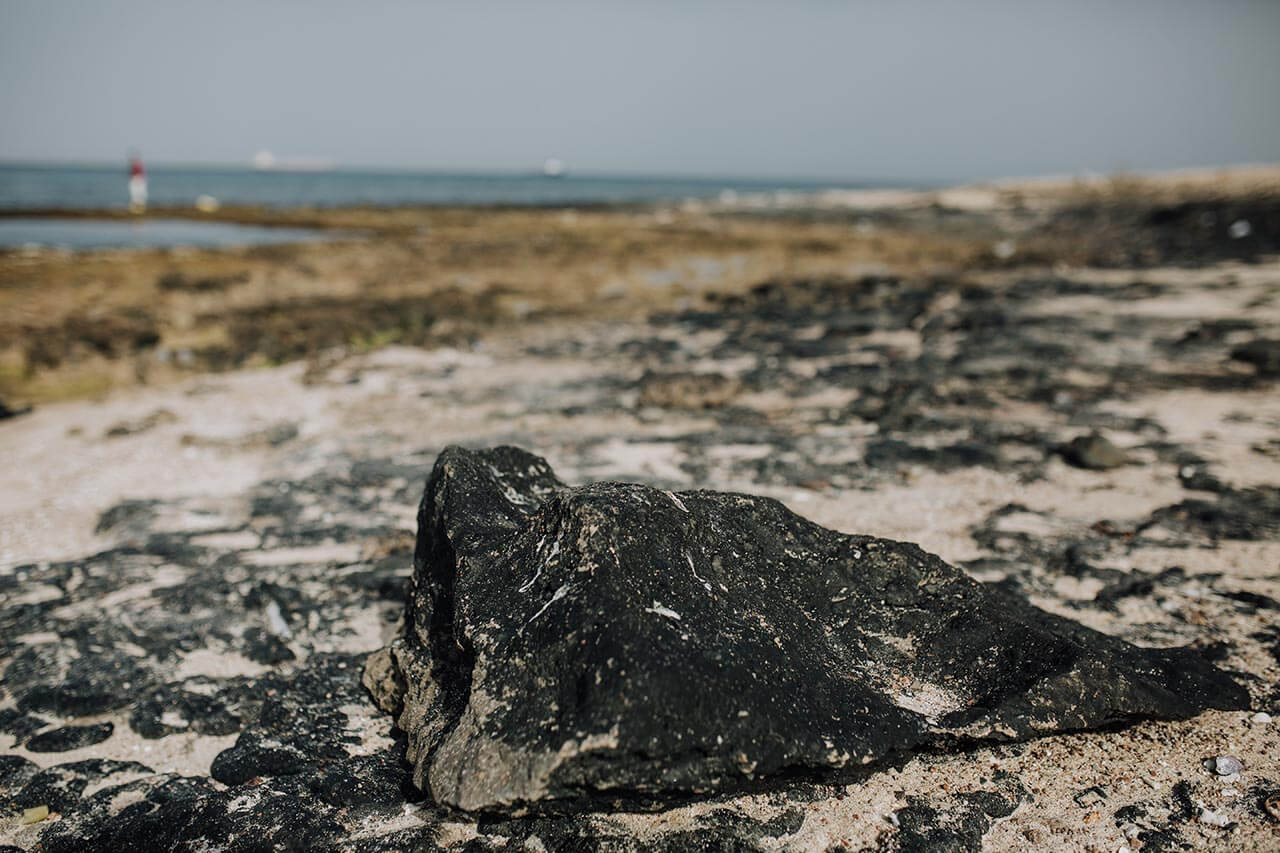
Coral reefs act like marine life incubators. Repeated oil spills seep into these amid weak environmental agencies protecting against oil spills and amid the failure of oil companies to comply with environmental protection laws and marine exploration. The problem is aggravated by accusations flying between the Ministry of Environment and its oversight bodies on the one hand and the General Petroleum Company (GPC) on the other hand. The GPC is thought to be the primary polluter in that region as revealed by this report.
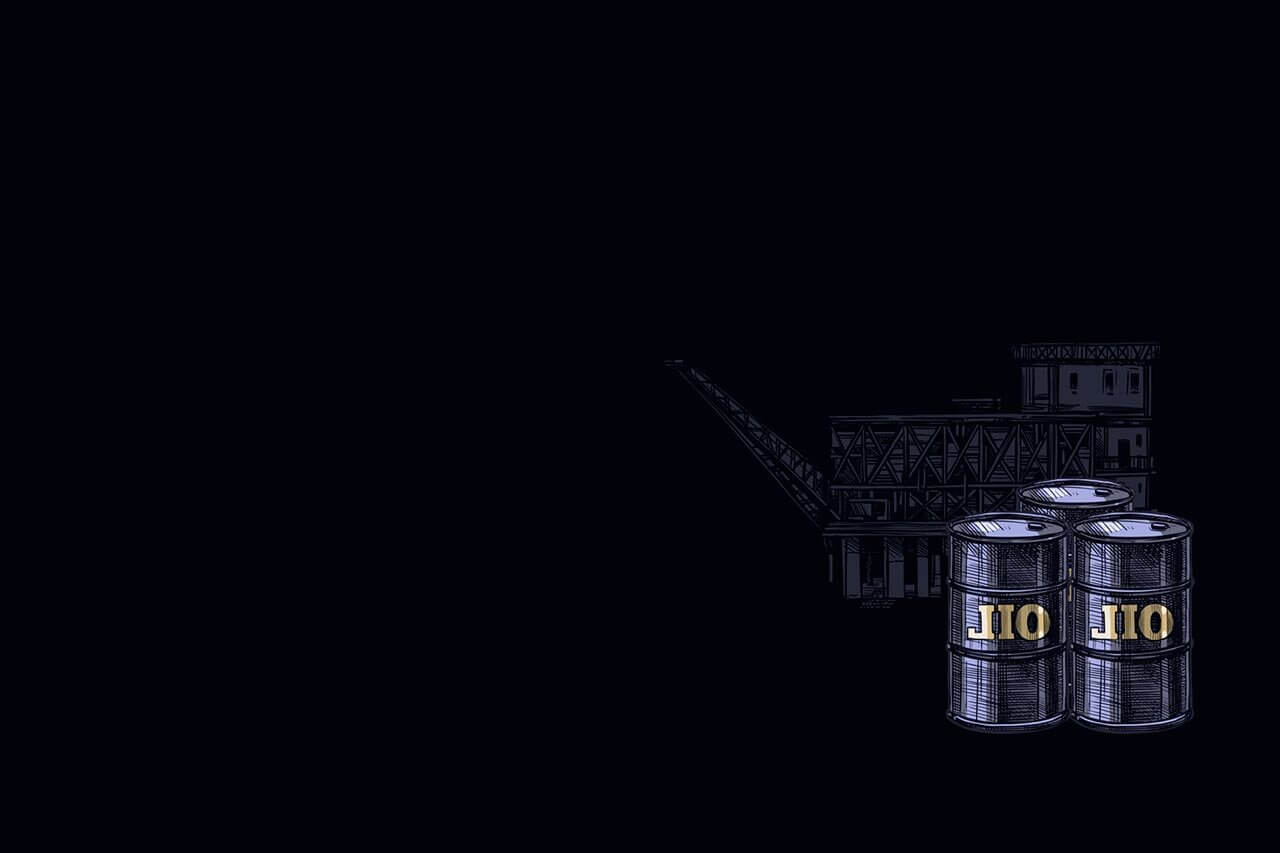

The Environmental Affairs Agency registered 25 oil spill incidents in the city of Ras Ghareb between 2015 and 2019. In 22 of them, the agency pinned the responsibility of pollution along the coast to the General Petroleum Company and accused it of violating the laws on protecting the marine environment. However, the company evaded any blame (in a number of lawsuits filed against it), taking advantage of the courts’ ruling of a so-called “common or collective accusation” (where more than one party could have caused the damage). The lengthy duration of litigation has also helped the company since the visible contamination thread diminished, making it hard to trace its origins back to that specific company oil platforms.
At the same time, the results of analysis carried out on three samples taken from the area indicated that it is part of a leak that took place between December 2018 and February 2019, matching the outputs of this same company’s fields and wells oil output by more than 99 percent. The investigator obtained a copy of the results of these analyses that seem to contradict the defence tabled by the company claiming that the oil composition belong to oil leaks from other companies.
The Head of the General Petroleum Company, Nabil Abdul-Sadiq, is rejecting the results of the tests. He is accusing the Environmental Affairs Agency of abandoning its role in investigating the leaks of oil wells and claiming that the agency lacks modern examination tools that determine who the actual polluter is.
25 Oil spill incidents
(Between 2015-2019)
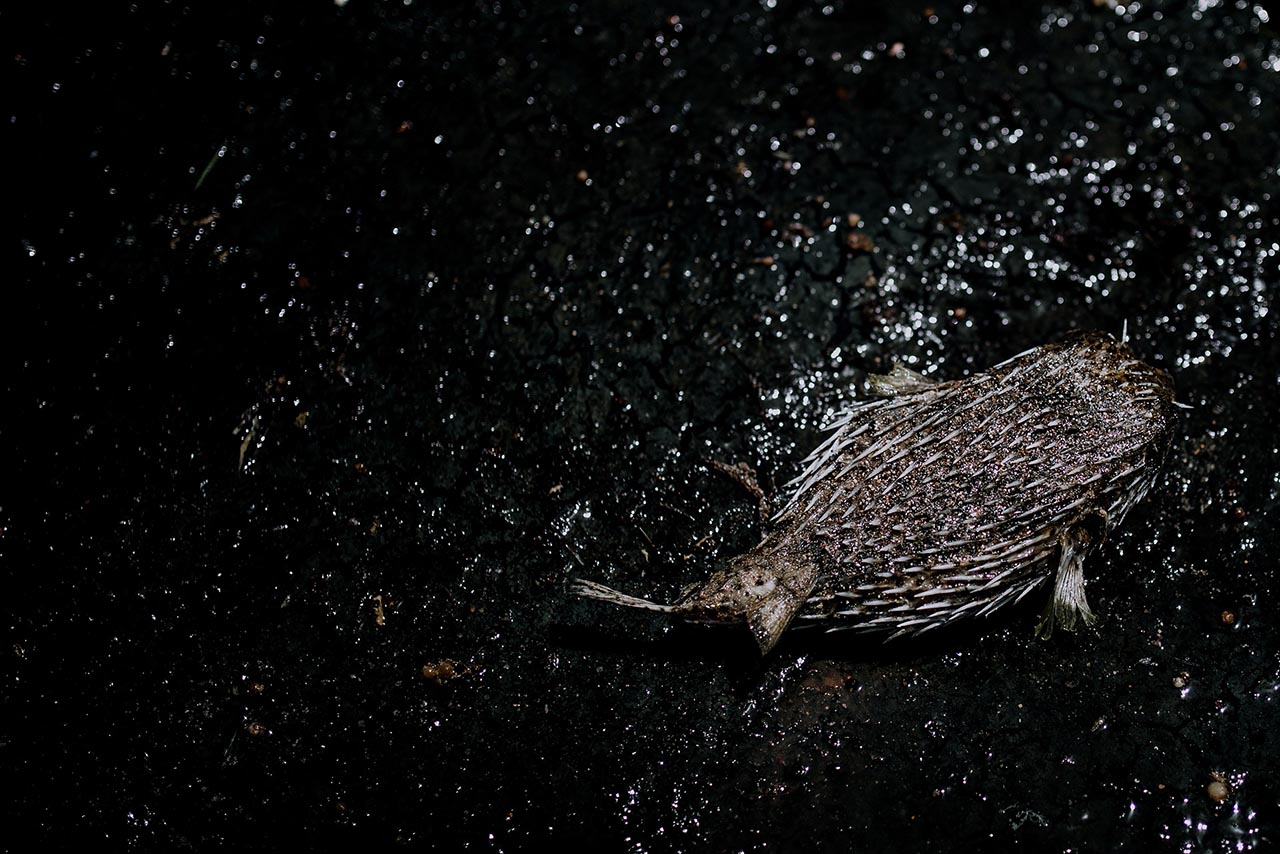
While the General Petroleum Company holds that the Environmental Affairs Agency “has only charges” that are not proven, the investigator examined the evidence attached to the case. Despite this, the majority of the cases filed end with the acquittal of the only government company from among 35 companies contracted with the Egyptian government to dig for oil in that region. The company succeeds in proving the similarity of the oil fingerprint of its fields with that from other companies working in the same region. This reinforces “collective indictment” among the companies and throws doubts on the compatibility of the company’s oil fingerprint with the oil leaked on the “black beaches”.
Fatima and her neighbours in the city are accustomed to the scene of dead marine creatures on the beaches surrounding their homes.
The investigator collected random marine creatures and samples of soil and water in several regions and had them tested in a laboratory. The results showed a rise in pollution levels above international standards, threatening the marine environment and residents of the surrounding area.
The city of Ras Ghareb lies 314 kilometres to the southeast of Cairo. Until the end of 2019, the city was inhabited by 41,526 people, according to the Central Agency for Public Mobilisation and Statistics. Sixty-seven percent of the total production of crude oil and condensates (or light hydrocarbon) in Egypt come from this region. According to the Minister of Petroleum Tariq Al-Mulla, the production is currently estimated at 630,000 barrels per day. The General Petroleum Company alone produces 37,000 barrels per day from Ras Ghareb fields as its current manager, Nabil Abdul-Sadiq, confirmed to the investigator.
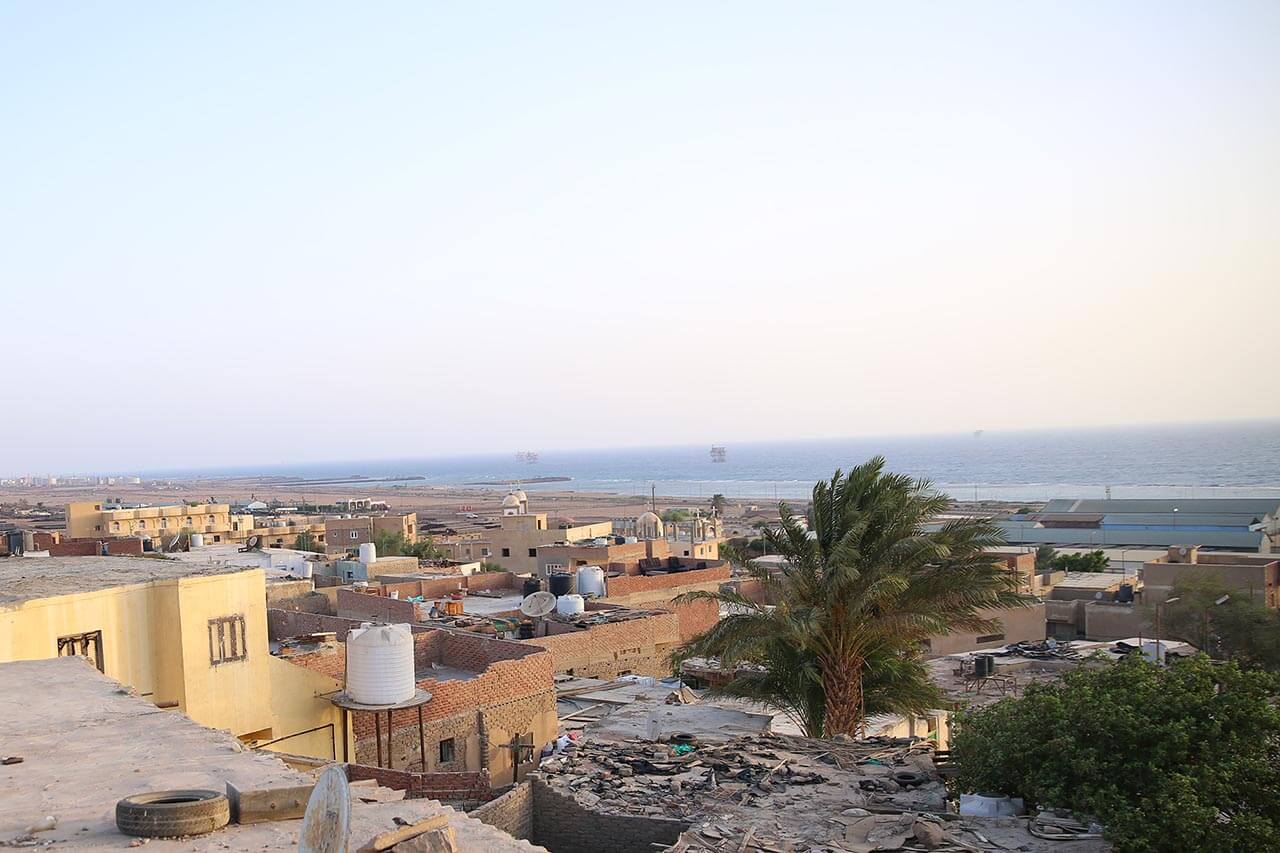
Sixty-seven percent of the total production of crude oil and condensates in Egypt comes from this region. According to Minister of Petroleum Tariq Al-Mulla, the production is currently estimated at 630,000 barrels per day. The GPC alone produces 37,000 barrels per day from the Ras Ghareb fields, as its current manager, Nabil Abdul-Sadiq, confirmed to ARIJ.
The Red Sea and the Gulf of Suez upon which Ras Ghareb overlooks enjoy biological diversity, as the region is home to the following:
1,000 species of fish
250 species of coral rocks
4 species of turtles
300 species of birds
200 species of invertebrate animals
500 species of algae Ancient coral reefs
Source: Egyptian Ministry of Environment.

The investigator conducted a count of the volume of oil spills in the five years between 2015 to 2019 by using data from the Egyptian Ministry of Environment and the Ministry of Petroleum.
Petroleum spills and reports against the General Petroleum Company
| – | 2015 | 2016 | 2017 | 2018 | 2019 |
| Spills | 6 | 4 | 3 | 4 | 8 |
| Reports | 4 | 3 | 3 | 4 | 8 |
The Egyptian Environmental Affairs Agency has submitted 15 communications to public prosecution in the past three years. In them, it accuses the General Petroleum Company of causing a leak of crude oil into the sea water. The Ras Ghareb beach, which stretches 75 kilometres along the Gulf of Suez, is the most prone to oil spills.
Article (52) of the Egyptian Environmental Law prohibits companies that are authorised to explore and extract sea oil from discharging any pollutant resulting from drilling, exploration, testing wells or production into the sea. It commits them to using safe means which do not harm the aquatic environment. Article (90) of the law imposes a fine of not less than 150,000 pounds ($3,175) and not more than 500,000 pounds ($14,174) on those who violate this law.

On 3 January 2017, Chairman of the Energy and Environment Committee in the House of Representatives, Hamada Ghallab, submitted a briefing request to the ministers of environment, petrol and tourism on the oil spills in Ras Ghareb and the Gulf of Suez. After two-and-a-half years, in August 2019, the briefing request was repeated by Representative Tareq Metwalli after five new incidents were recorded.
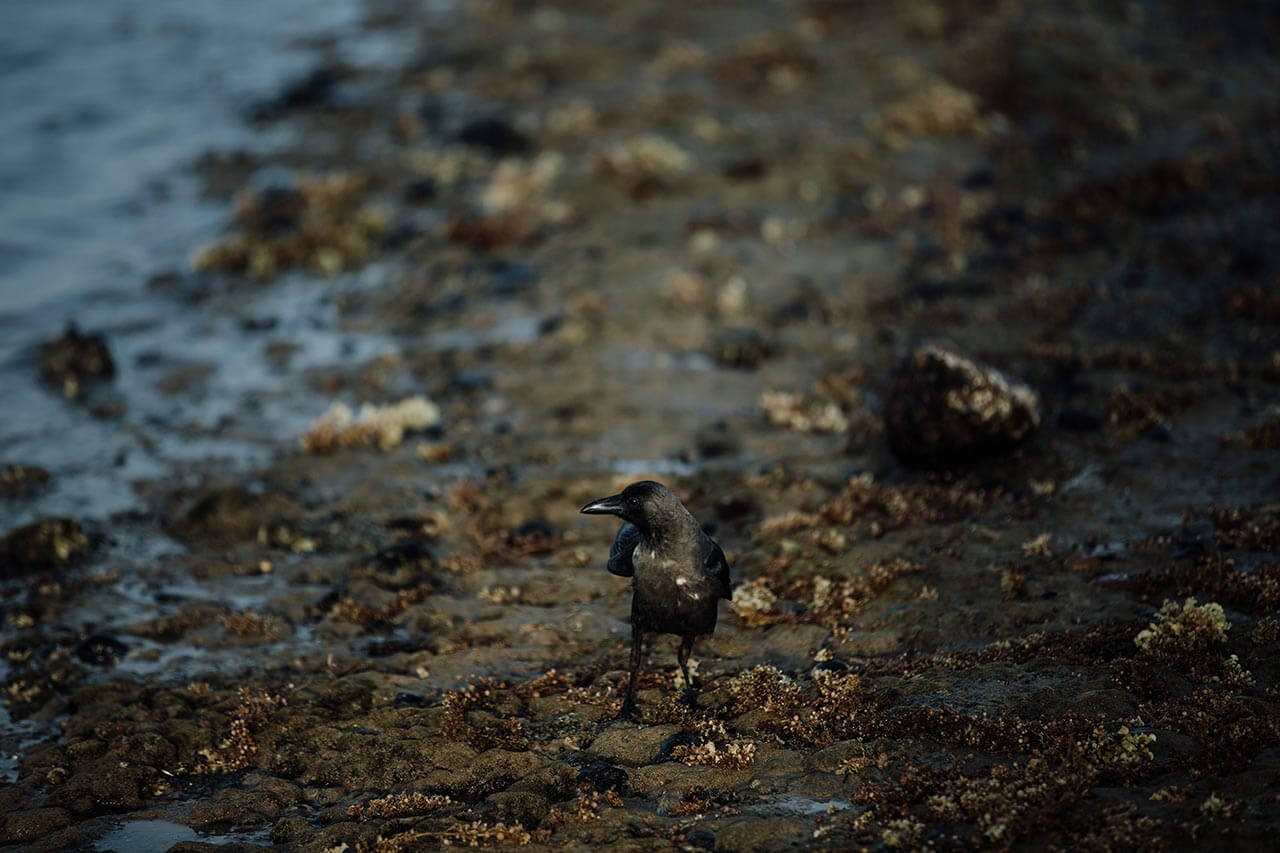
“It has become normal.” This is how Fatima describes the negative way official entities have been handling pollution in the city, which affects the lives of people living close to the sea. It is also impacting the lives of fishermen whose livelihoods depend on the fish stock in the sea.
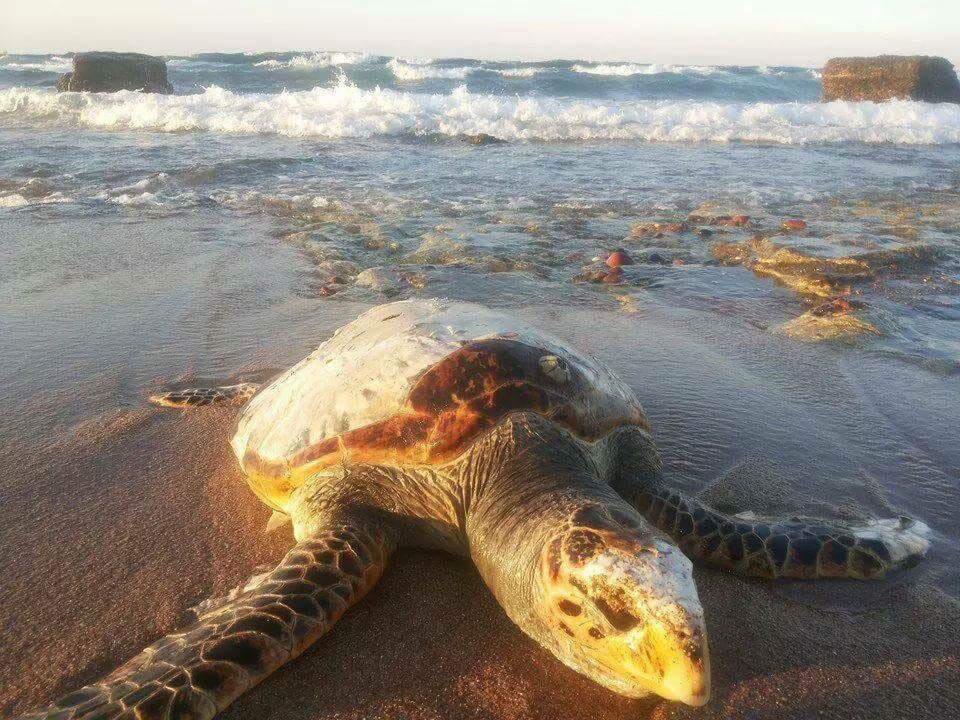
“It has become normal.” This is how Fatima describes the negative way official entities have been handling pollution in the city, which affects the lives of people living close to the sea. It is also impacting the lives of fishermen whose livelihoods depend on the fish stock in the sea.
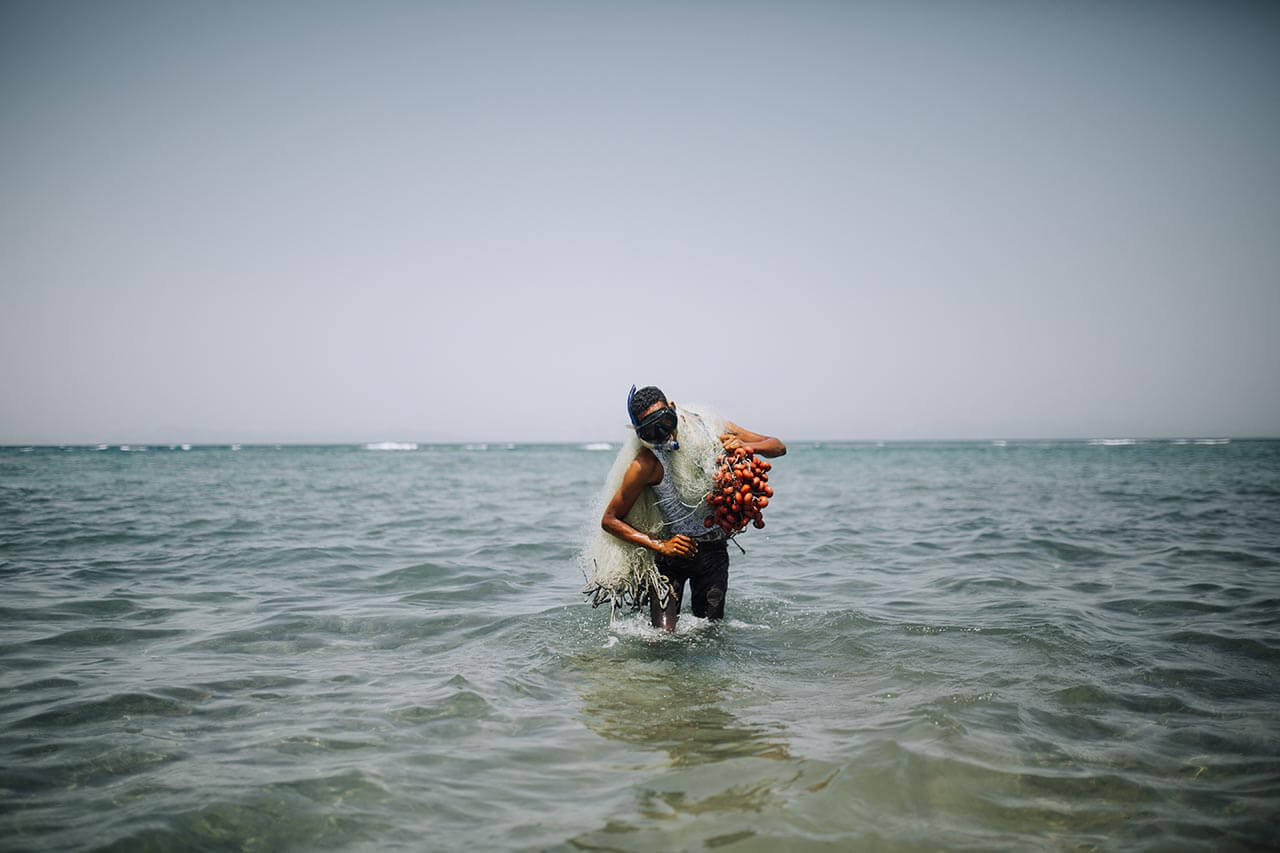
Empty nets
Samir Sabri has been working at sea for 15 years, since he was 18. Fishing is the only vocation he knows. However, the pollution of beaches have deprived him of from earning his daily bread. Samir asserts that the pollution even eliminated certain types of fish all together as it also destroyed nets and fishing equipment.
Samir’s complaint is confirmed by the environmental inspection reports of one of the leak sites on 19 November 2018. “After each new leak, parts of the oil gets collected in the form of small black balls called tar balls. These tar balls impede the movement of boats and fishing with nets and spoil the beauty of the sandy beaches.”
Interviews with six seasoned fishermen highlight that fish scarcity in the Ras Ghareb coast dates back five years, and this aligns with the increase in the frequency of petroleum spills. The head of the Fishermen’s Cooperative Association in Ras Ghareb, Ali Hussein, estimates that there are about 1,000 fishermen working on approximately 43 boats, and the livelihoods of these fishermen depend on what the sea offers them.
Hussein estimates that the amount of commercial fish declined by 80 percent, and he highlights the disappearance of certain types of fish completely, including “snappers, corals, silk snappers and groupers.”
“The numbers of fish have generally declined, but when spills occur it gets to a point where the revenue from fishing is far less than the operating cost. For example, a fisherman spends 800 pounds ($50), but after two days of hard work at sea he returns with fish whose price in the market does not exceed 100 pounds ($6.50) as the fish stock abandon the area when the small they feed on perish (in the polluted water).”
Oil destroys Samir’s nets and deprives him of his catch of his day

The toxicity effect of oil components varies, depending on the life cycle of the fish. The larvae are the weakest and most affected. Fish are also in danger if they are in the surface water, according to a book published in 2008 by the Egyptian Ministry of Environment and the Japan International Cooperation Agency (JICA).
The oil layer blocks light from aquatic life and impedes photosynthesis. It also seeps into the food chain. This was documented by environmental officials when they examined dead spiny sea urchins in the leakage site on 3 March 2019. The examinations report indicates that the leakage damages the seashells, coral reefs, seaweed and algae.
Older than the pyramids
For four years, Mohammad Kamal and his fellow fishermen used their mobile phone cameras to capture photos and videos of small dead fish known as “fry” next to the fishermen’s boats. The series of photos and videos are a proof of the occurrence of a crude oil spills. These larvae and small fish live in the coral reef which is an “incubator” as these reefs become colonies for living creatures that grow and stick to its floor.
In April 2014, a study by researchers at the National Institute of Oceanography and Fisheries (NIOF) estimated that 61 percent of the coral cover in Ras Ghareb would die. The study described the oil spill onto the marine environment in this city to be “the most dangerous” one impacting Red Sea cities.

Muntaser Al-Hamadi describes coral reefs as “cities within the water, inhabited by small fish.” Al-Hamadi supervises a study on the effects of oil pollution in the region. He says that the reefs are estimated to be 10,000 years old, which means that they are older than the pyramids. Their death led to a decline of the volume of the fish stock. The expert explains that even if the oil spill stops, these reefs need 50 years to regenerate again.

Oil fingerprinting
The General Director of the Environmental Affairs Agency in the Red Sea Abu Al-Hajjaj Nasr Al-Din argues that there is an oil fingerprint linked to each well. Nasr Al-Din explains, “Once the leaked oil samples are analysed, the Environmental Affairs Agency reveals the company that is causing it and commissions the company to clean it. Alternately, it assigns the mission to Petrosafe, the Petroleum Safety and Environmental Services Company, which is a governmental institution. The cleaning process lasts from one to four days, depending on the amount of pollution.
After each leak, complaints are reported to a joint committee made up of representatives of bodies affiliated with the Ministry of Environment (Egyptian Environmental Affairs Agency (EEAA), nature reserves, the General Administration of the Ministry and a member of the Environmental Measurement Laboratory in Suez). The committee studies the circumstances surrounding the complaint, takes samples from the site and prepares a report on the area and the volume of the oil spills.
The oil print is a distinctive feature of each oil type containing a unique mixture of substances that determine its physical and chemical properties. These include the color and viscosity formed by the diversity of geological conditions and time periods that contribute to its formation. The oil fingerprint is determined by a complex process, using gas chromatography for molecular fossils or crude oil biomarkers.

Kawthar Hafni, the Head of the Central Administration for Disasters and Crisis until 2019, asserts that the clean-up process cleans the beaches completely. Hafni is the current Chief Advisor/Consultant to the Ministry of Environment and believes that even if the beaches appear to be “blackened”, it is due to “historical and cumulative pollution.”
In contrast to Hafni’s views, the coordinator of the National Plan to Combat Oil Pollution, Ayman Abdul-Wahid, confirms that the oil-polluted environment does not return to its previous condition since the clean-up process targets surface pollution on the beach. Abdul-Wahid argues: “What leaks into the marine environment cannot be combated and affects creatures in the water in the long run.”

On 5 July 2019, the investigator detected a new leak that started in the southern part of the General Petroleum Company on the beach of Dai Al-Qamar and the southern region. On the 14th of the same month, the Environmental Affairs Agency accused the General Petroleum Company of having caused this leak.
On 19 August 2019, and after completing the clean-up operations, the investigator took samples from the water, soil, fish and snails from different places along the coast of Ras Ghareb for analysis at the Suez branch of the National Institute of Oceanography laboratory.
On 9 September 2019, the results of the analyses showed that the ratios of toxic petroleum substances in fish were higher than the ratios and limits allowed for human consumption, according to the standards of the French Agency for Food, Environmental and Occupational Health and Safety which sets the limit at one microgram per gram.
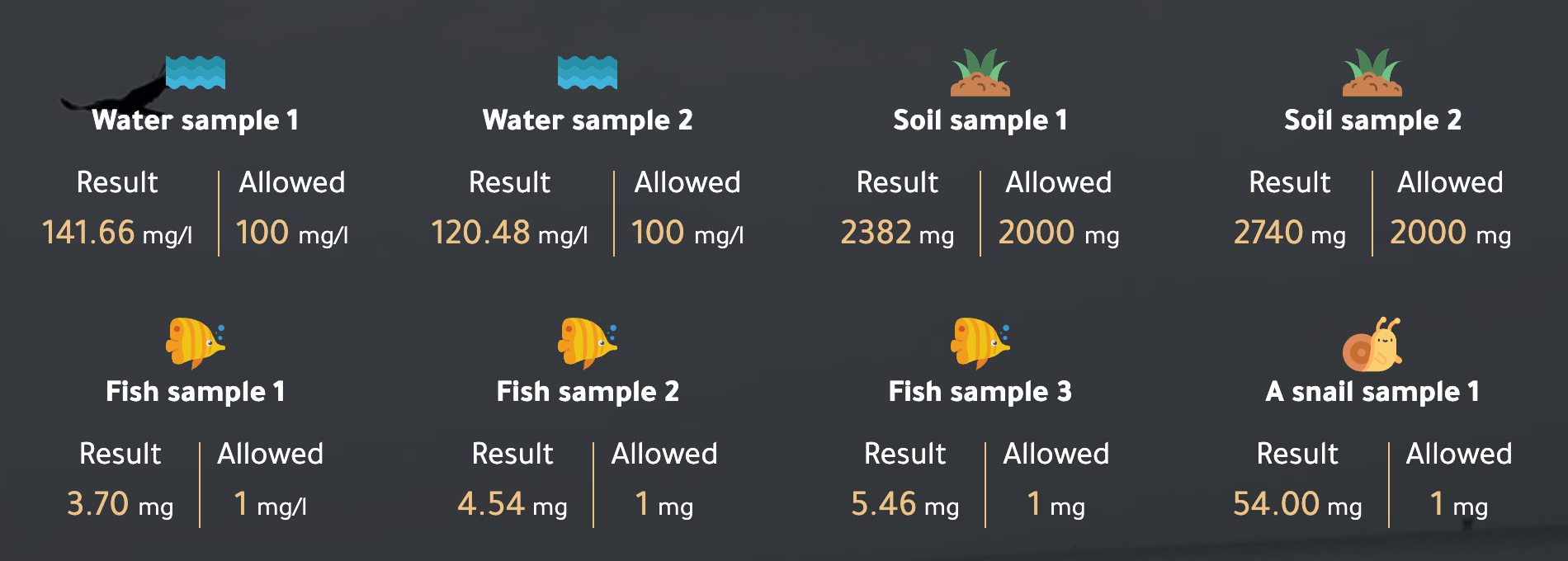
The Environmental Affairs Agency warned in communiqué No. 40 that fish contaminated in oil is not suitable for human consumption. The agency reported that the most persistent oil compounds are transported through the food chain and stored in the liver and fatty tissues of marine animals. This leaves long-term effects that do not appear in humans until years later.
Walaa Shaban is a professor of Marine Sciences in the Faculty of Science at Al-Azhar University. He supervised a study that monitored the impact of oil spills pollution on soil and gastropods on the coast of the Red Sea. Shaban explains that people feel lethargic and tired if they eat fish that contain aromatic compounds. People also experience shortness of breath and sensitivity in the nerves and spinal cord.
Ingesting hydrocarbon compounds such as gasoline and kerosene leads to irritation of the throat and stomach, as well as to pneumonia and difficulty in breathing. It also affects the central nervous system. Other compounds within petroleum substances affect the immune system, liver, spleen, kidneys and lungs. They impact the development of the foetus as well. Benzene and benzo[a]pyrene also cause leukaemia.
Source: The Agency for Toxic Substances and Disease Registry (ATSDR)- USA
We confronted Ayman Abdul-Wahid, the coordinator of the National Plan to Combat Oil Pollution, a department of the Ministry of Environment. He rejects the hypothesis of the possible effect of pollution from oil spills and its transmission to humans in Ras Ghareb. Abdul-Wahid says: “The city strives on petroleum activities, and there are no fishing or tourist activities on its polluted beaches.”
Contrary to his claims, the investigator obtained security permits for fishing on beaches that were subject to frequent oil spills in Ras Ghareb.
The Dai Al-Qamar beach has been subjected to seven oil spills in the past five years. Click here to see a photo of a fishing permit at this beach.
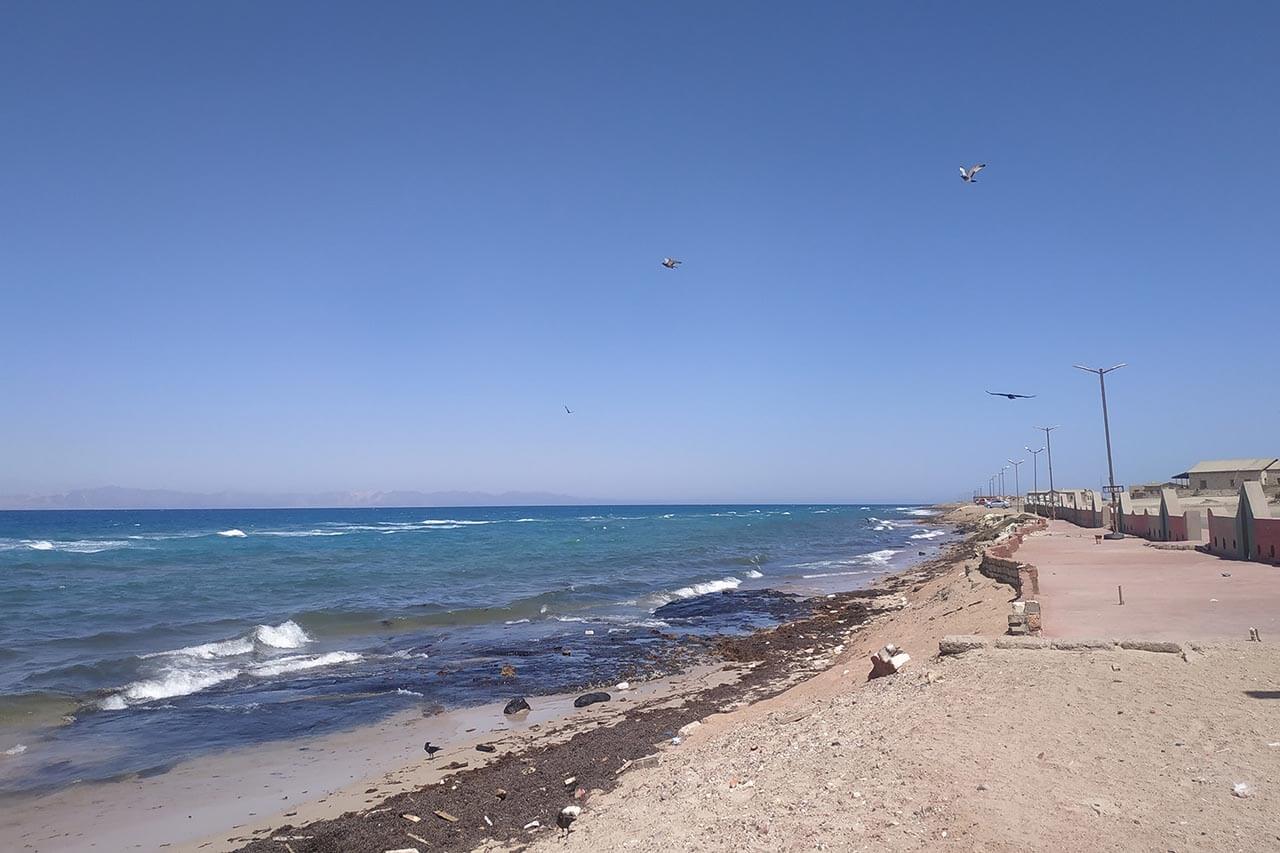
The Ras Ghareb corniche has had 13 oil spills in the past five years Click here to see a photo of a fishing permit at this beach
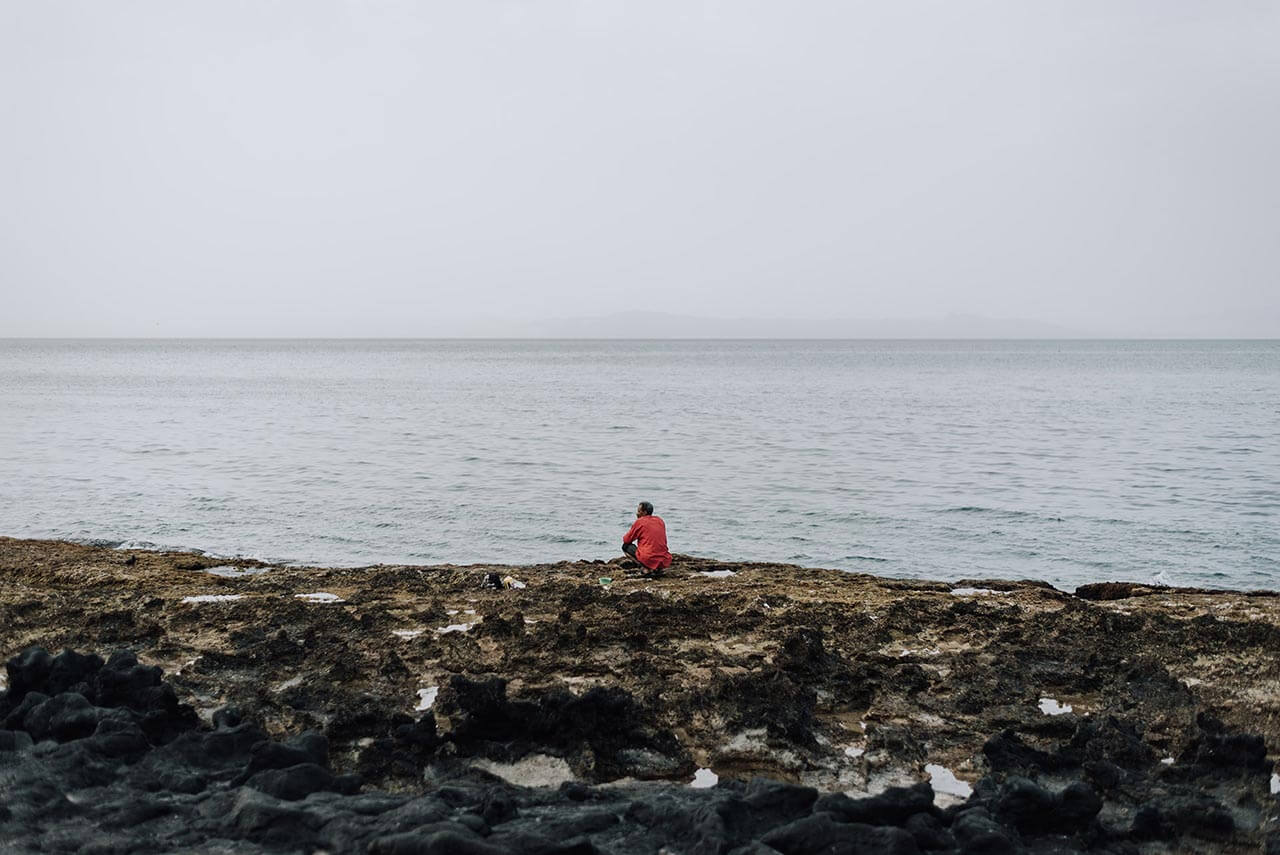
The beach in the southern region has witnessed two oil spills in the last five years. Click here to see a photo of a fishing permit at this beach
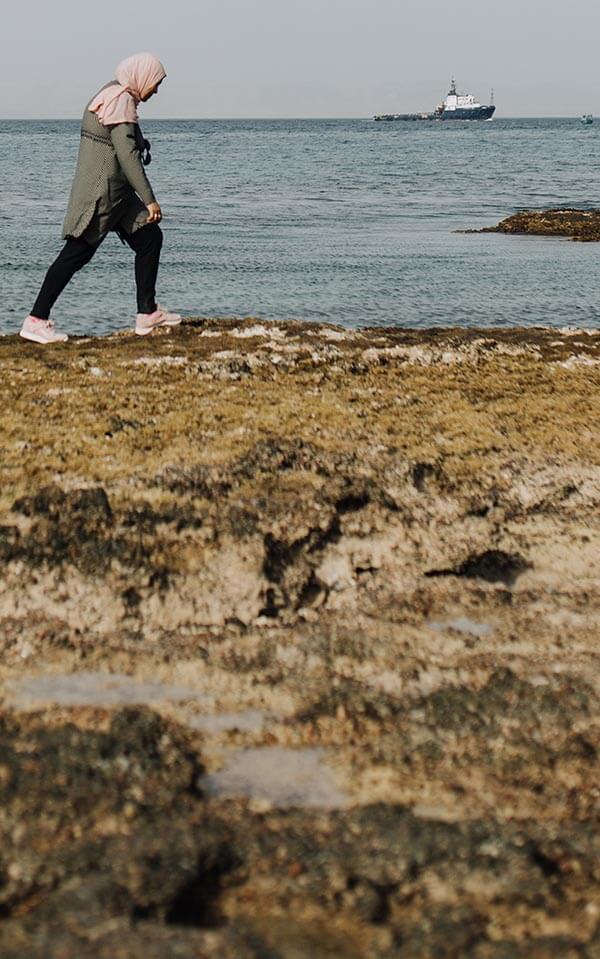
Untraceable/unknown sources
Article (55) of the Egyptian Environmental Law No. (4) of 1994 requires oil-extracting companies to inform the Ministry of the Environment as soon as a new leak is detected. However, this does not happen in the city of Ras Ghareb; instead, it is the residents, the fishermen and border guards who perform this task, according to the city’s administrative records as per documents 34, 35 and 279.
Hussam Musa, a resident of Ras Ghareb has developed a digital association with affected city residents to stream live pictures every time a spill has been detected in order to alert the environmental and control authorities.
Firas and his group “Ras Ghraib Lighthouse” tackle pollution with a cameraphone

Neglect in maintenance
The former Head of the Central Administration for Disasters and Crisis, Kawthar Hafni, attributes the leaks to “negligence in following up on and maintaining pipelines networks transporting the crude from oil platforms to the reservoirs on the beach. This is in addition to negligence in keeping the oil platforms and reservoirs in good working order.”
Hafni’s records and history in the Ministry of Environment until 2019 show that she accuses “the General Petroleum Company of negligence in dealing with oil leaks.” She notes that she issued official complaints documenting the violations which reached the Prime Minister and the President of the Republic.
Between 2015 and 2019, the Environmental Affairs Agency issued 22 official statements against the General Petroleum Company.
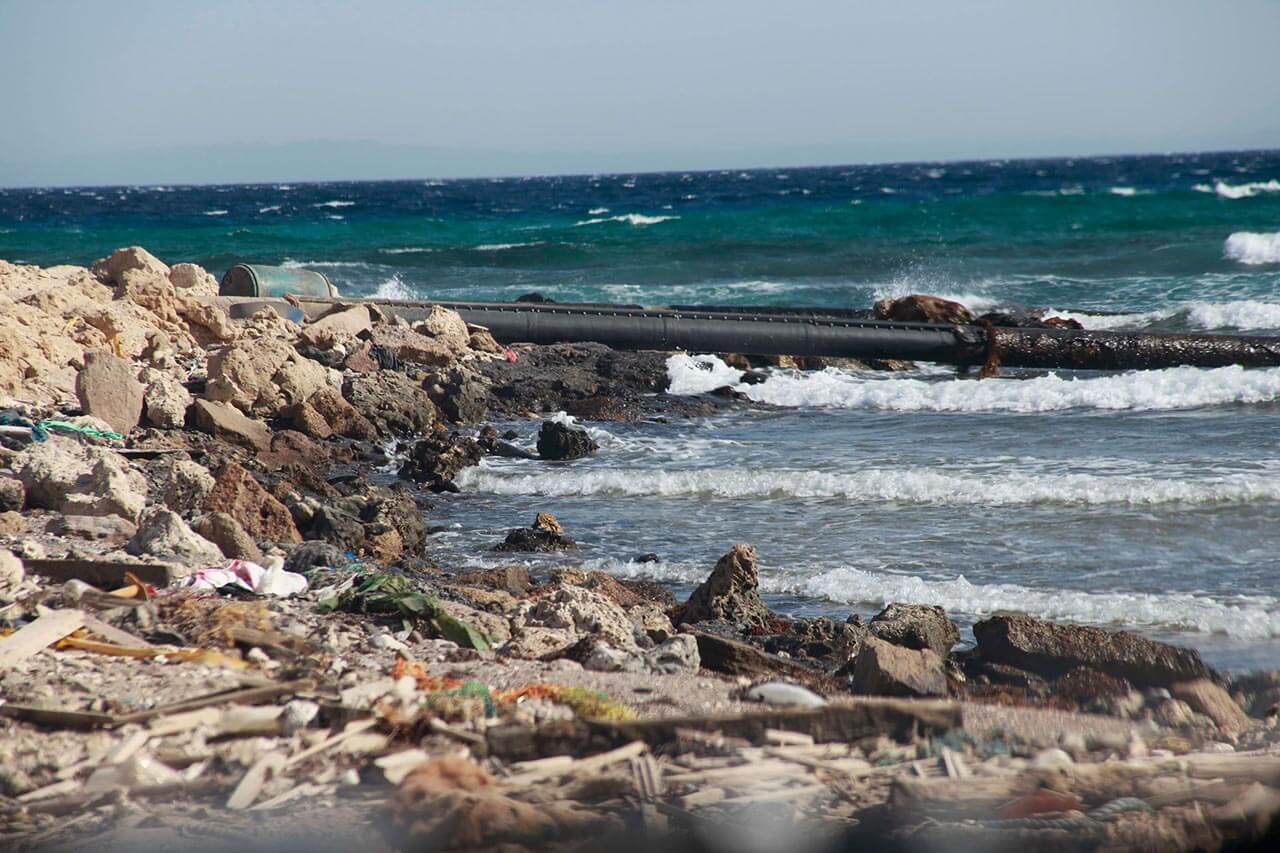
On the other hand, the head of the public company, Nabil Abdul-Sadiq, refuses the theory of negligence in maintenance and confirms that his company injects delivery lines with chemicals that prevent corrosion and isolate their external perimeters against sea water.
Mohammad Al-Alfi is a pseudonym for one of the workers in the Ministry of Petroleum’s clean-up team that handles the leaks. He describes the pipes as “usually looking rusty and worn out.” This source requested that his identity remain anonymous so he could keep his job. He has been participating in leakage clean-ups for two years now.
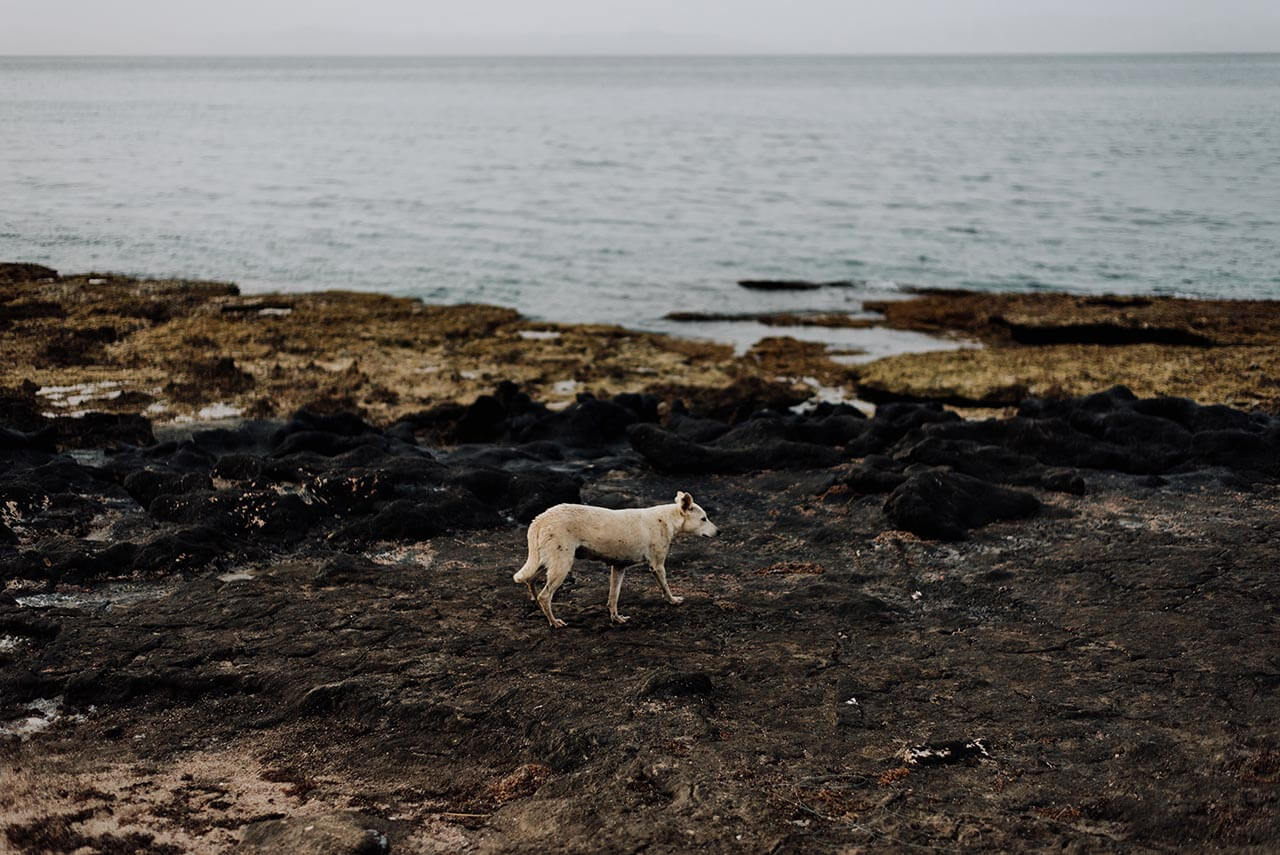
Polluters go unpunished
However, oil leaks occur even during scheduled maintenance operations: In January 2018, the Rescue and Environmental Protection Society detected a heavy oil pollution to the south of Ras Ghareb which resulted from the replacement of old pipelines.
the samples came with a
99.3 percent/99.6 percent match rate.Download
matched by
99.5 percent/99.4 percent/ 99.6 percent/99.6 percent.Download
In his response, the Head of the General Petroleum Company, Nabil Abdul-Sadiq, says that the analysis do not all correspond by a 100 percent and therefore they are not sufficient evidence against the company. He adds that the report did not specify precisely which company platform caused the leak and that therefore they are erroneous analysis that leave room for doubt.
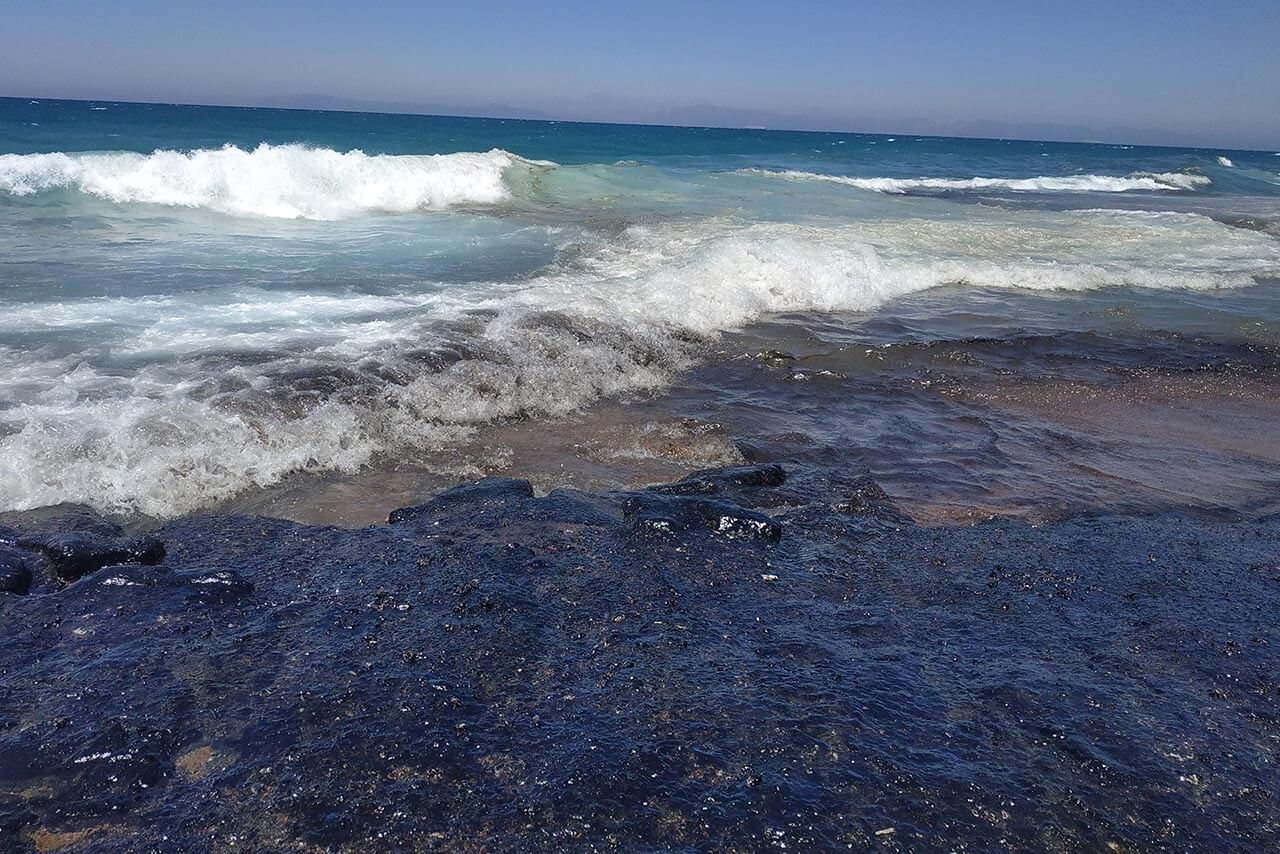
Abdul-Sadiq questions the validity of the fingerprint, pointing out that it can change. A single well does not produce oil with a fixed oil fingerprint for the whole duration of its operation. He is demanding that the Environmental Affairs Agency update each company’s fingerprint at least every three months. He notes that the company’s oil fingerprint currently registered with the Ministry is inaccurate.
The vice president of the Suez Branch of the National Institute of Oceanography and Fisheries (NIOF), Khalid Al-Moslahi, rejects Abdul Sadiq’s claims. He explains the failure of a 100 percent match in the oil fingerprint by the possibility of the samples mixing with sea water which would affect the chemical compounds. He asserts that 99 percent is identical to the source and is sufficient to prove which company has caused the specific environmental damage.
The reporter obtained copies of some cases and their full details. Investigations have shown that the layers from which the public company produces its oil are the same ones from which the Gulf of Suez Petroleum Company (GUPCO) produces oil. That is why the General Petroleum Company won three cases filed by the Environmental Affairs Agency. According to the statement of the president of the company, these are cases (5478) for the year 2018, appealed misdemeanour case in Hurghada; (5652) for the year 2018, appealed in misdemeanour case in Hurghada; (2494) for misdemeanour case in Ras Gareb appealed under case number (4197) for the year 2017.
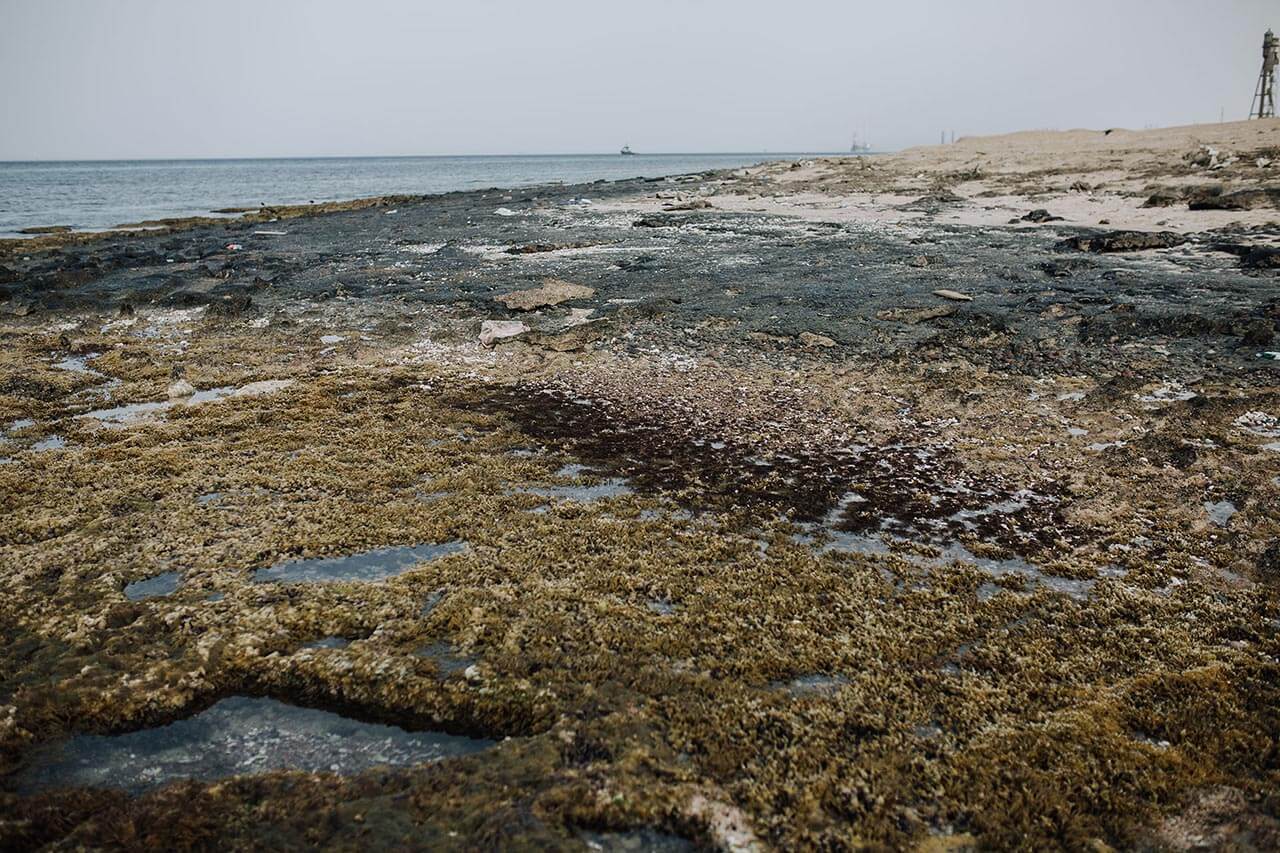
Collective indictment
In conclusion, the so called “common indictment” gets the General Petroleum Company acquitted after environmental agencies fail to prove the charge against it. This is clear in the Ghareb misdemeanor case No. (2494) in which the company is accused after a leak occurred on 9/11/2015. The reasons for the company’s acquittal decision read as follows: “The Environmental report pinned the responsibility to the General Petroleum Company on the basis that the analyses showed the highest matching rate of 99.7 percent, but this does not exonerate the other companies near the beach site. Therefore, the court deems this to be a common or collective indictment among all these companies.”
Maher Rashwan, director of environmental management in the Environmental Affairs Agency in the Red Sea branch, attributes the provisions of the company’s acquittal to the lengthy litigation process. The environmental expert delegated from the Ministry of Justice heads to inspect the leakage site after six months or a year, and therefore does not find any traces of pollution as recorded in the environmental records and by public prosecution.
The General Petroleum Company addressed the public prosecution in an official letter on 19 December 2018, responding to the accusation of having caused the oil spill: “the unequivocal determination of the source of the pollution does not only depend on the fingerprint of the crude oil but is confirmed by the extent of follow-up on the mobility of the slick, using programmes and mobility analysis technology and this was not conducted by environmental agencies.”
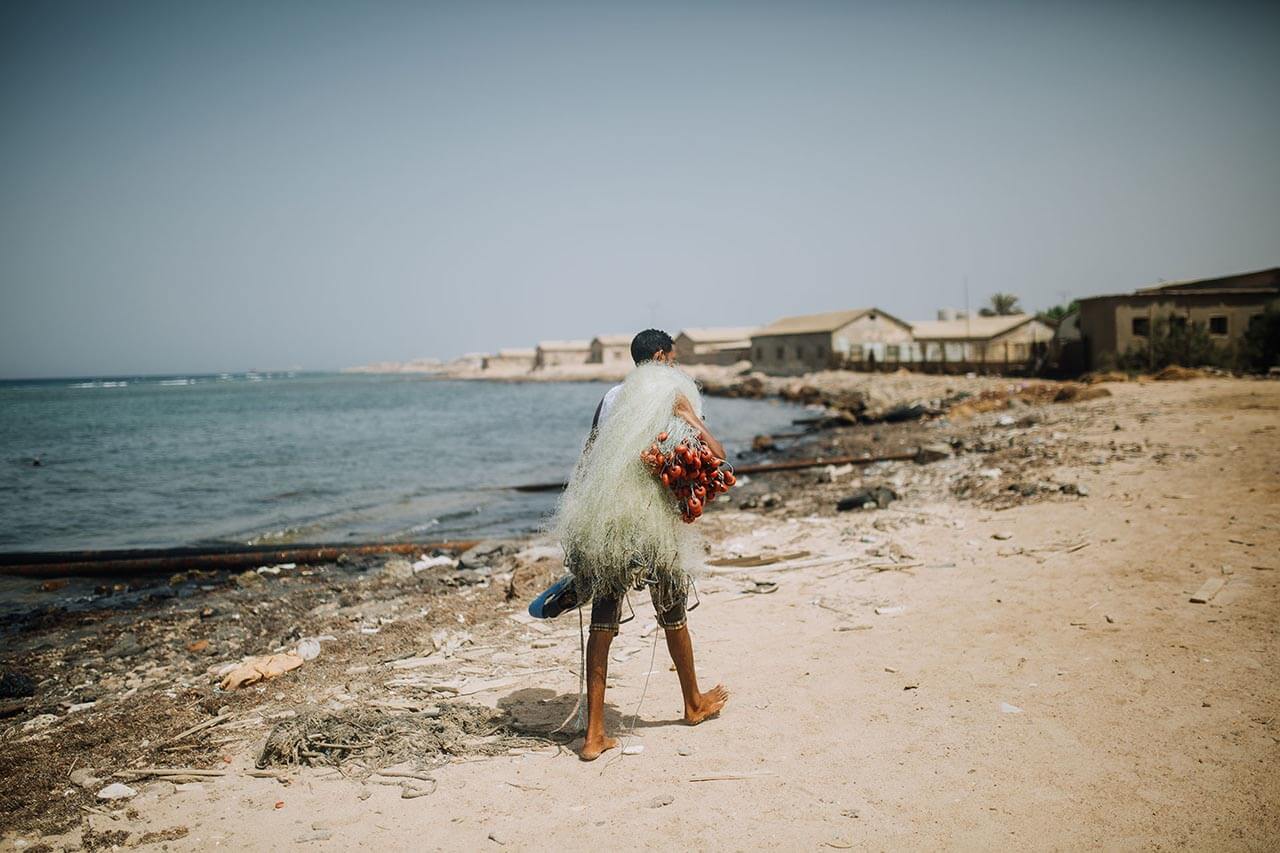
As for now, the fisherman Samir deserts Ras Gharib in search of a livelihood on distant beaches, hoping that his nets will help in capturing food for his children. Kindergarten children roam around Fatima who warns them against going to the polluted beach while Hussam and his colleagues are trying to alert environmental agencies to the dangers of frequent pollutions through cyberspace.
On the horizon, rocks remain stained in black, sands hide behind blocks of accumulated oil and fish lay dead or they already deserted the Red Sea reefs. The greatest danger is awaiting residents of the area in the form of a meal of fresh fish that a fisherman may bring them after a new oil spill.
Credits
Investigator
Iman Munir
Supervision
Mohamed Abu Deif
Video
Islam Mossadaq
Photography
Ali Zari’i
General supervision
Saad Hattar
Development and Design
ARIJ Team
This investigation was carried out with the support of ARIJ.
IMS’ reader on environment in the MENA region
The pieces published here tell the story of the way the environment has been understood and questioned by our partners in the MENA region.
